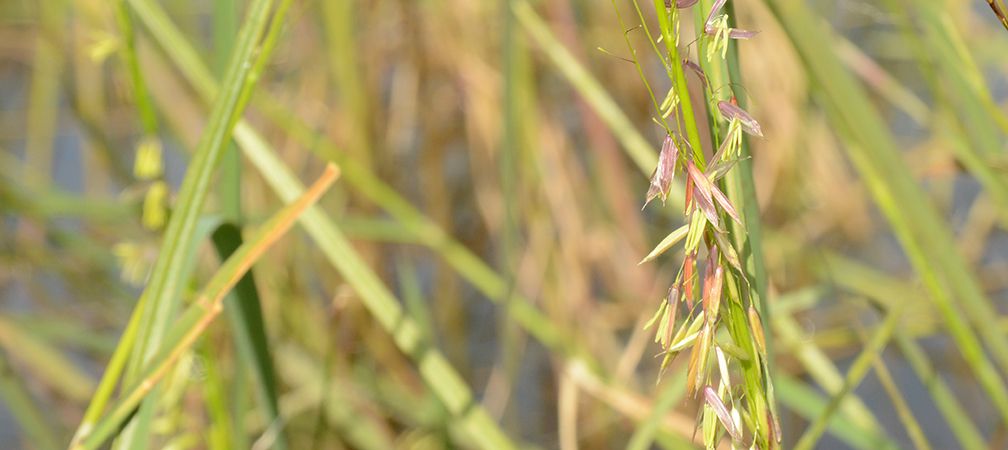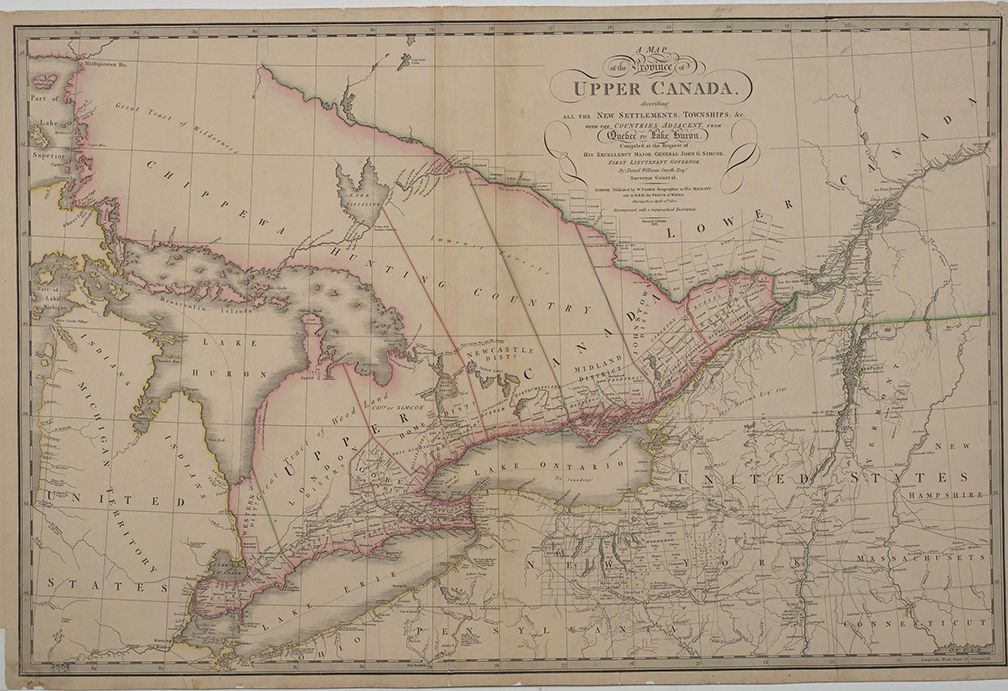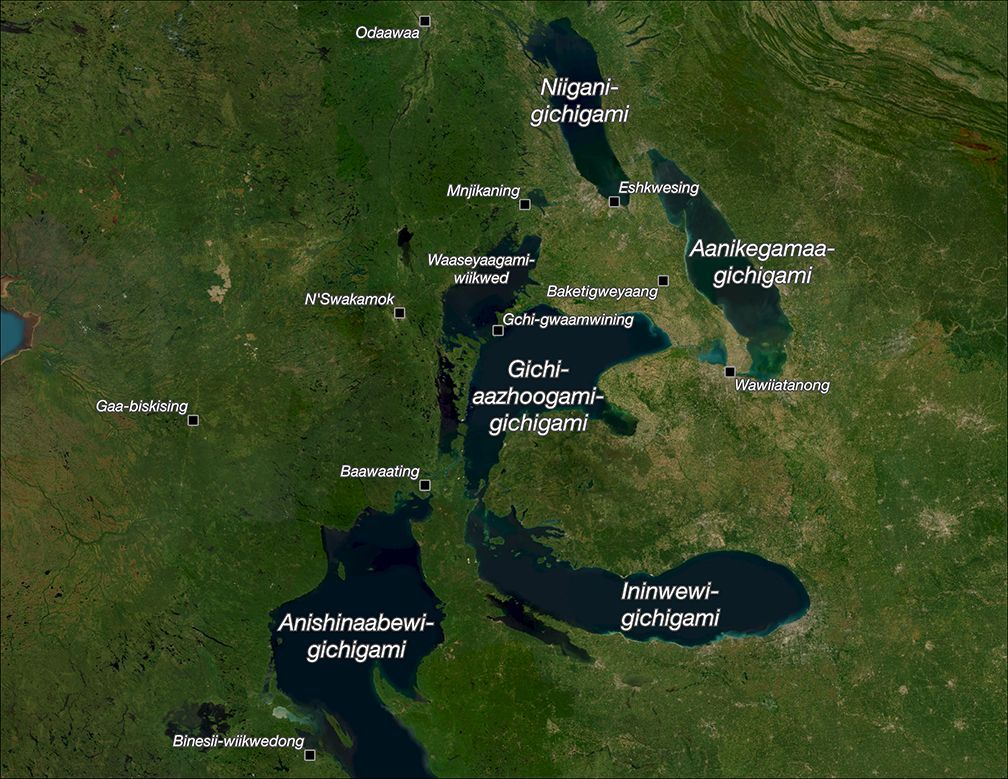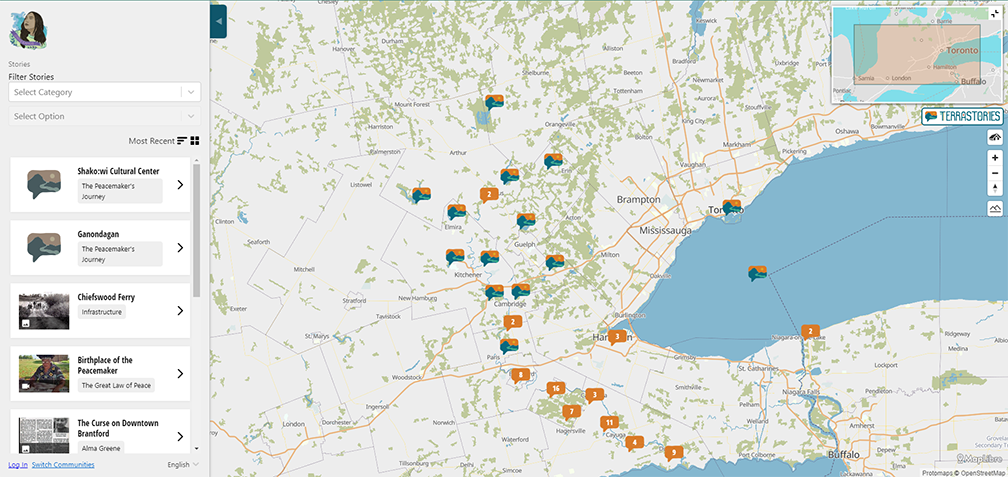Ontario Nature Blog
Receive email alerts about breaking conservation
and environmental news.
© Lora Denis
Wye Marsh © Christine Ambre
June is National Indigenous History Month, which offers a reminder to learn about the diverse cultures and experiences of First Nations, Inuit and Métis Peoples. Ontario Nature honours and celebrates the stories, achievements and unique cultures of Indigenous Peoples in what we now call Ontario. We are not experts, and the intention of this blog is to share Indigenous voices and resources that we have found to be helpful to learn about the land on which we live, work and play.
The environmental and conservation movement has an impressive list of accomplishments in Ontario. It also has a legacy of colonial practices – such as the forced displacement of Indigenous Peoples for European settlement, to create parks and to facilitate resource extraction, resulting in the loss of traditional food sources. Marginalized communities continue to experience elevated levels of pollution.

Maps are an important part of conservation. They are an excellent tool for tasks like observing natural and human caused changes across the landscape and tracking movement patterns of wildlife. However, maps have also been a tool of colonization. Settler maps portrayed the land as terra nullius (“nobody’s land”) for colonizers to take. Most maps continue to use European place names. Emily Jacobi, Executive Director of Digital Democracy – a non-profit creating technology to defend environmental and human rights – suggests that “the maps that we build upon and navigate today do not reflect the land as it once was, or even as it is, but by how it is perceived through colonizers’ eyes.”

Indigenous Peoples have used maps for navigating and sharing knowledge since time immemorial. Map knowledge was passed from generation to generation, sketched from memory on the ground, bark or animal skins. Historically, often maps were used to assist with navigation, focusing on major landmarks and bodies of water. Today, maps are still used for things like sharing ecological knowledge, creating art and in settling land claims.
Virtually everyone uses maps almost daily, whether it is using a GPS, looking at a bus route or tracking a delivery. Here are a few examples of some resources and perspectives to consider reading to challenge how you look at a map and orient yourself in the world and honour Indigenous perspectives, languages, and stories:


We invite you to reflect on the ways you use maps and navigate the world around you. We encourage you to question your preconceived notions about maps, learn about the history of where you are, and understand about how you can participate in reconciliation.

Gananoque Lake Nature Reserve © Smera Sukumar